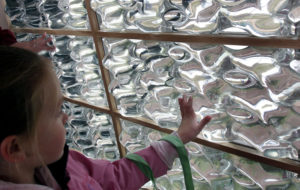10 Revolutionary Building Materials In Use Throughout the World
01 Jul 2016
Many environmental advocates think those goals are possible.
And because the construction industry is responsible for more than a third of negative environmental impacts, it’s not surprising that architects, designers and engineers are developing innovative green-building solutions.Here are 10 revolutionary building materials in use throughout the world.
By Kerstin Lieff Kerstin Lieff is the 2013 Colorado Book Award-winning author of Letters from Berlin: A Story of War, Survival, and the Redeeming Power of Love and FriendshipBricks grown from shredded cornstalks and mushroom mycelium
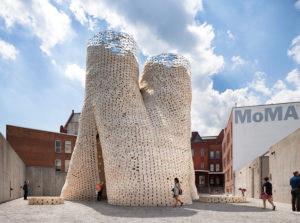 A pavilion that stood in New York’s Museum of Modern Art PS1 courtyard in 2014 was built of bricks that were literally grown from shredded cornstalks and mushroom mycelium. The production process created no waste or by-products, so zero energy was expended. Once the exhibit was over, the bricks were disassembled and composted. For info and photos, visit LafargeHolcimFoundation.org/projects/hy-fi.
A pavilion that stood in New York’s Museum of Modern Art PS1 courtyard in 2014 was built of bricks that were literally grown from shredded cornstalks and mushroom mycelium. The production process created no waste or by-products, so zero energy was expended. Once the exhibit was over, the bricks were disassembled and composted. For info and photos, visit LafargeHolcimFoundation.org/projects/hy-fi.
Rice, maize and cassava
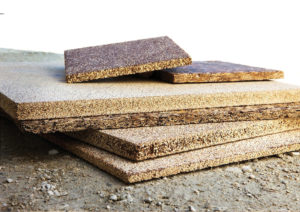
Walls and roof panels from recycled plastic
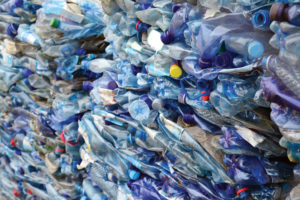
Solar-powered Beach Huts

Boards made from recycled denim and natural resins
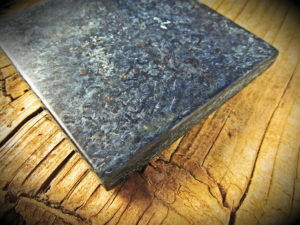
Easy-to-build earthbag homes

Hotel from salt blocks
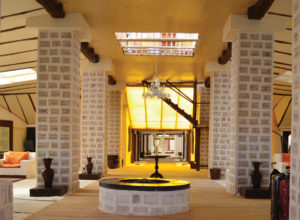
Bike path from recycled printer cartridges
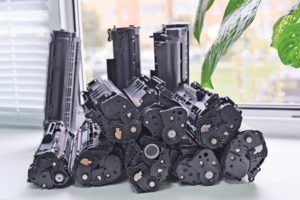
Discarded cardboard tubes in Sudney
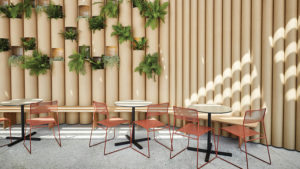
World's largest solar-glass facade
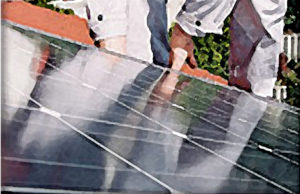 The Copenhagen International School is committed to educating students about climate change and sustainability, so it obviously wanted a small carbon footprint for a facility renovation to be completed this year. Dubai’s Emirates Insolaire plans to clad the school in the world’s largest solar-glass facade, consisting of 12,000 contoured solar-glass panels. With a high thermal value, the panels will act as an insulating “skin” to keep building temperatures weather-neutral, and inlaid photovoltaic cells will produce more than half the school’s electricity. Visit thenational.ae/business/energy/dubai-firm-to-create-one-of-worlds-largest-solar-glass-facades-at-danish-school.
The Copenhagen International School is committed to educating students about climate change and sustainability, so it obviously wanted a small carbon footprint for a facility renovation to be completed this year. Dubai’s Emirates Insolaire plans to clad the school in the world’s largest solar-glass facade, consisting of 12,000 contoured solar-glass panels. With a high thermal value, the panels will act as an insulating “skin” to keep building temperatures weather-neutral, and inlaid photovoltaic cells will produce more than half the school’s electricity. Visit thenational.ae/business/energy/dubai-firm-to-create-one-of-worlds-largest-solar-glass-facades-at-danish-school.
